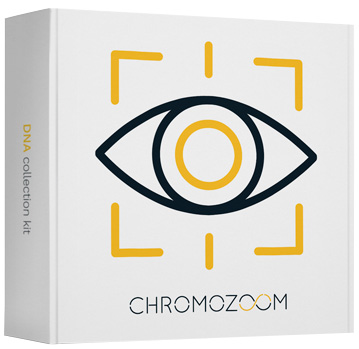Diabetic retinopathy
Diabetic retinopathy is a medical condition in which damage occurs to the retina due to diabetes mellitus, and it is one of the most common causes of blindness in developed countries. In 2000, the number of people suffering from diabetes was 171 million. It is estimated that by 2030 this number will increase to 366 million, of which 191 million will be affected by diabetic retinopathy.With diabetic retinopathy (DR), fluctuations in glucose levels result in a number of biochemical and physiological changes leading to the impairment of blood vessels and capillaries that provide nutrients to the retina. As a result of insufficient blood circulation, the retina loses function, and damage occurs (retinopathy).
Signs and symptoms
Diabetic retinopathy ranks among the most common complications in patients with diabetes mellitus.
According to the clinical stages and progression, it is divided into several forms:
- Non-proliferative DR (NPDR) - First stage of diabetic retinopathy usually has no symptoms and the only way to detect NPDR is by fundus photography. There can be seen a microaneurysm and a hemorrhage (bleeding) incidence, with a cotton wool-like focus and hard exudate (protein and lipid deposits in the retina) formation.
- Proliferative (PDR) - This form is typical of neovascularization, i.e. the presence of newly formed blood vessels on the retina, the optic nerve or the iris. Because these new blood vessels are fragile, incidences of bleeding can occur, which blurs the vision.
- Diabetic maculopathy (DM) - This is caused by the collapse of the hematocular barrier (it controls the passage of certain substances from the blood into the eye), accumulation of intraocular fluid, and hard exudate formation. Its symptoms are blurred vision and darkened or distorted images that are not the same in both eyes.
Management
The risk of DR development can be significantly reduced through early diagnosis, strict blood glucose level control, and regular blood pressure measurements.
If diabetic retinopathy is not treated early, irreversible loss of sight occurs in most cases. The treatment options for diabetic retinopathy include retinal laser treatment, injection of medicines into the eye, and retinal surgery (vitrectomy).
Pathological mechanisms
Several different pathological mechanisms leading to the development of the disease have been described, such as the accumulation of sorbitol and advanced glycation endproducts (AGEs) in the eye tissues, oxidative stress, increased activity of the endothelial growth factor (VEGF), and further mechanisms.
Effect of osmotic pressure
One of the pathological mechanisms of DR development is the accumulation of sorbitol that results from elevated blood sugar levels (under normal condition sorbitol is not present in the body; this is an emergency mechanism, when the blood sugar accumulates). Excess glucose is converted to sorbitol, which is impermeable to cell membranes. Metabolic conversion of sorbitol to fructose is slowed and sorbitol production increases. This accumulates in the tissues and causes an increase in the osmotic pressure that acts negatively on the retinal cells.Another pathological mechanism is the accumulation of advanced glycation endproducts (AGEs) , which cause a number of pathological changes leading to the impairment of the blood vessels of the retina. A number of studies have also described the involvement of oxidative stress in DR development. It induces an imbalance between free radicals and the cellular antioxidant defense mechanism. Thus, the damage to biological structures (DNA, lipids, and proteins) and the disruption of cell homeostasis occur. Increased oxidative stress arises due to increased blood glucose concentration by its autooxidation (leading to free radical formation), and it plays an important role in the development of retinopathy. As a result of the impairment of the retinal blood vessels, there is a deficient supply of nutrients and oxygen and an increased endothelial growth factor (VEGF) activation leading to neovascularization.
